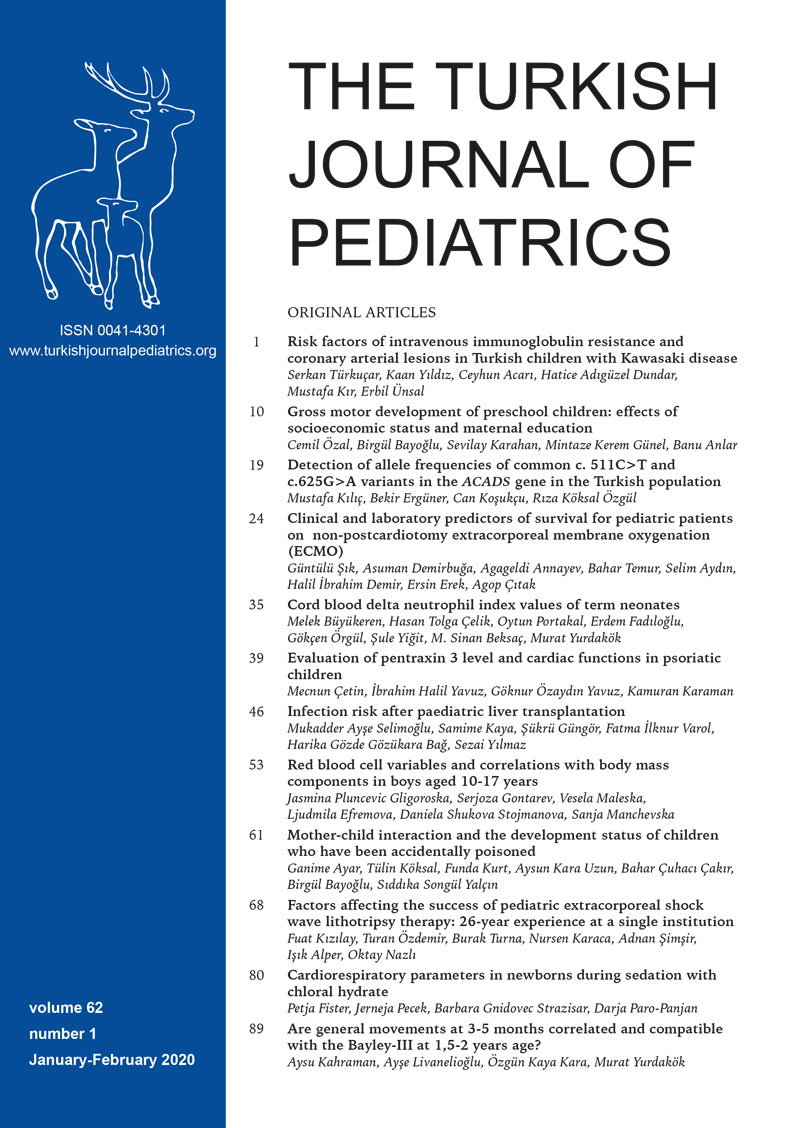Abstract
Despite its widespread use, few studies have evaluated the success of extracorporeal shock wave lithotripsy (ESWL) in pediatric patients with several parameters and a large group of patients. In the present study, we aimed to analyze the factors that affect the outcomes of pediatric ESWL treatment, which we have practiced for 26 years. This study included 1012 pediatric patients who underwent ESWL between March 1991 and November 2017. Pre-procedure radiological evaluations were performed using kidney-ureter-bladder and/ or urinary system ultrasonography. Demographic data, stone characteristics, and ESWL treatment data and complications were recorded and univariate and multivariate analyses were performed for the stone-free rate (SFR). Receiver operating characteristic (ROC) analysis was performed to determine the cut-off values for stone size to predict ESWL success for both kidney and ureteral stones. Age, body mass index (BMI), congenital renal anomaly, stone location, stone size, number of stones, and stone composition significantly affected the SFRs in univariate analysis; however, only age, BMI, stone location, and stone size were significant in the multivariate analysis. If no residual fragments were detected after three sessions of ESWL application, the procedure was considered successful. The cut-off stone size values for the kidney and ureter that predicted treatment success were 96.28 mm2 and 44.16 mm < sup > 2 < /sup > , respectively. ESWL is an effective and safe treatment in the pediatric age group that provides high SFRs. Age, BMI, and stone location, size, and composition are particularly critical factors that can predict the success of ESWL.
Keywords: extracorporeal shock wave lithotripsy, pediatric urology, stone disease, ureteral stone, urolithiasis
Copyright and license
Copyright © 2020 The Author(s). This is an open access article distributed under the Creative Commons Attribution License (CC BY), which permits unrestricted use, distribution, and reproduction in any medium or format, provided the original work is properly cited.














